Any discussion on movies usually does not bring up its business aspect. A film can attribute its success to its producers who can identify and support financially a creative writer translating a written piece of paper into a work of art.
Case in point, a successful entertainment entrepreneur who managed to transform a horror endeavour worth $15,000 to $193 million at the box office, following it with several equally successful sequels. As you must’ve guessed by now we are speaking of Jason Blum, the founder of Blumhouse Productions.
He has created a niche in micro-budget filmmaking since the release of Paranormal Activity. For years Blum had delivered profitable film franchise that have been campy, delightful, and daring. In quite a few ways one could say his career shares similarities to the most significant pop cinema pantheon tycoon Roger Corman. This video brings you 10 underrated Blumhouse productions that deserve more attention.
The Green Inferno (2013)
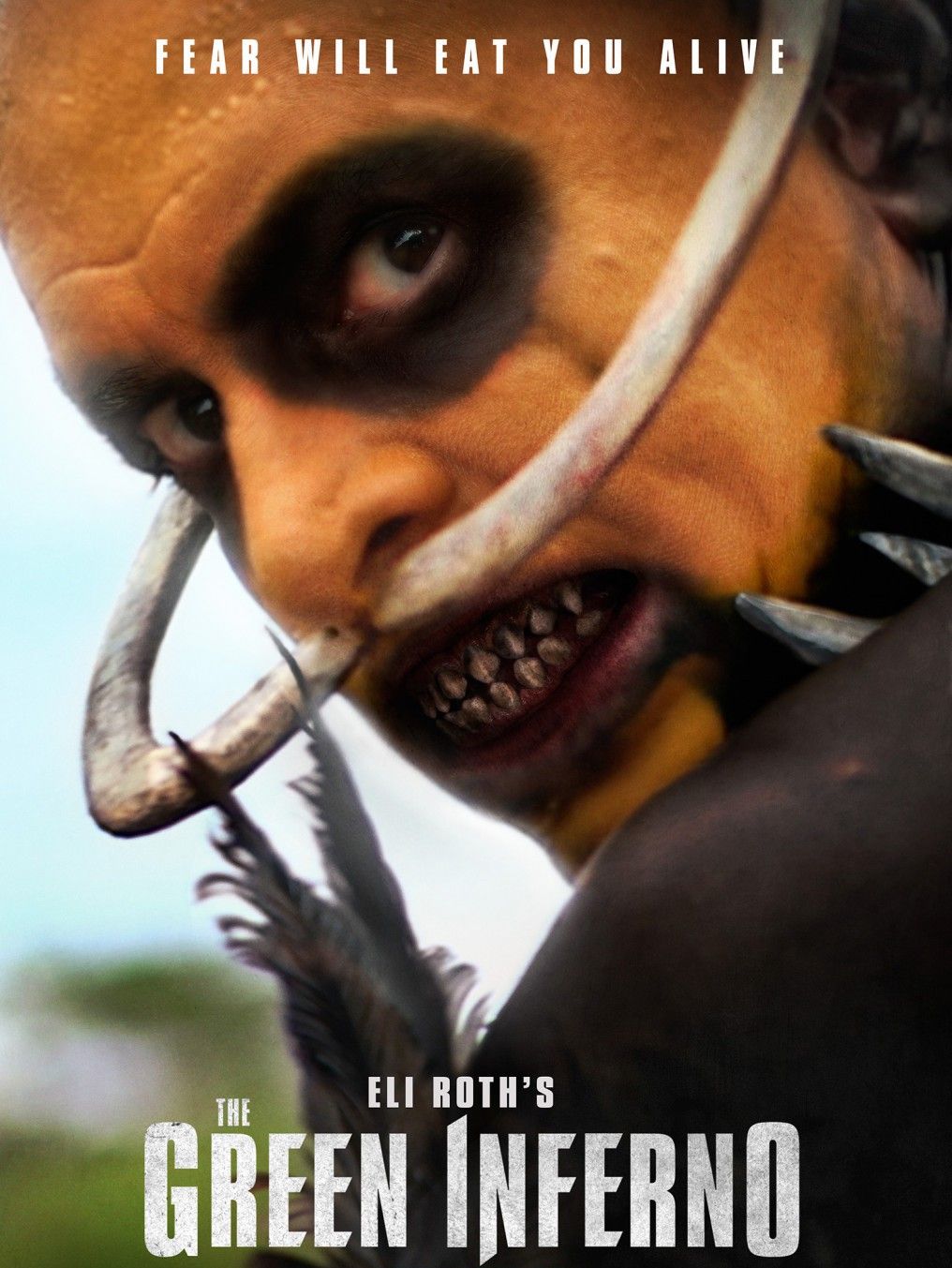
Premised in New York, a college student Justin joins a group of activists led by a man named Alejandro. The group travels to Peru to protest against a timber industry that is decimating the Amazon rainforest. While returning to civilisation, their plane explodes and crashes into the forest. The Survivors are made aware soon enough that they are not alone and are in for a huge shock.
For anyone familiar with the Hostel trilogy, director Eli Roth collaborates with Blumhouse Production in The Green Inferno. This film is a dopey homage to the infamously unappetizing subgenre of grindhouse films. It’s a long path to the theatre worked in favour of Roth since he had been absent from the director’s chair since 2007.
This one is a gory ride with cannibalism and its occasional sprinkle of humour. The drawing card of this film that appeals to most horror buffs is its exotic, dangerous location. It has sufficient promise for multiple gory sequels, according to Roth. It has grisly makeup effects that are created by none other than legends Gregory Nicotero and Howard Berger. The squishy, screaming dismemberment that sets the ball rolling for this film is all thanks to them.
As far as cannibalism movies are concerned, The Green Inferno portrays some of the best special effects to date. Between one captive, experiencing bouts of explosive diarrhea, and a corpse with a bag of weed, it looks like Eli Roth drew his inspiration from Cheech and Chong. Overall, Roth gives this film the right veneer of authenticity that it requires while also borrowing inspiration for its title from Ruggero Deodato’s Cannibal Holocaust.
The Belko Experiment (2016)
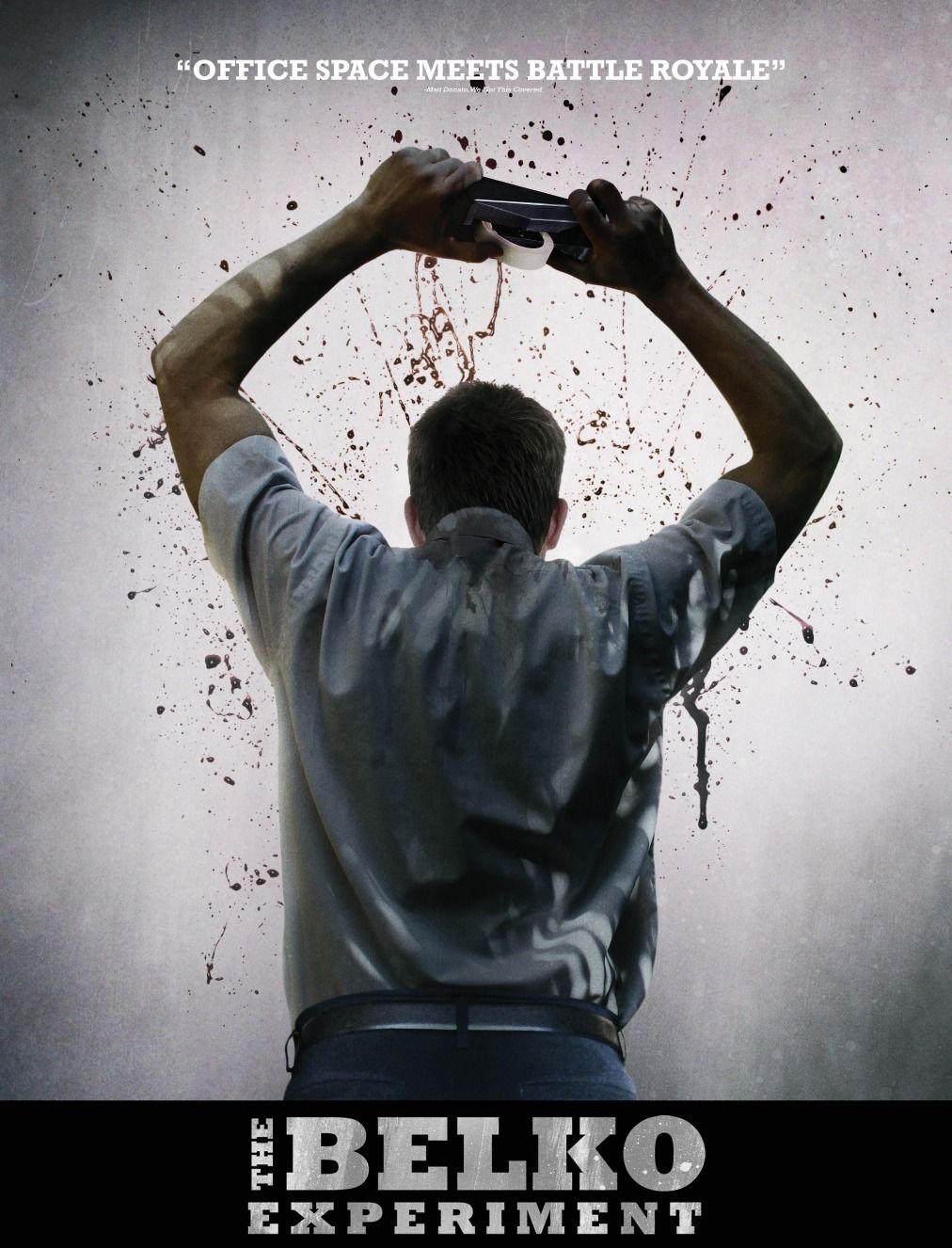
An employee of the Belko Industries named Mike Milch is stalled while on his way to work one day by some street vendors selling “lucky” handmade dolls. Barry Noris, another employee, of the Belko Industries, is seen arriving at Bogota’s isolated, rural office building only to find some unfamiliar security guards turning the local Colombian staff away at the main gate.
Dany Wilkins, a new employee, reports for her first day of work and learns that a tracking device is implanted in the base of every Belko employee’s skull in case they are kidnapped. Even Belko Industry’s Head of Security Evan Smith seems to be at a loss about the identity of the new guards. When all employees arrive for work, a mysterious voice instructs them, over the intercom, to carry out an impossible task failure in doing which will have terrible consequences.
Greg McLean’s horror thriller is a grisly, gory exercise in sadism whose venality is camouflaged by a thought experiment plot. He fashions a claustrophobic tale using a group of white-collar employees trapped in their company’s high rise to portray the corporate world being one of murder, quite literally.
Besides its intriguing kill-or-be-killed plot, viewers will recognize James Gunn’s work, who was also the screenwriter for the Galaxy films’ Guardians of the. Incidentally, he first wanted to direct this movie rather than write its screenplay. It begins with a style of darkness which initially pervades into chaos. McLean wanted it to be a bleak treatise of self-preservation, as the characters’ descent into madness.
John Gallagher Jr. displays the same sensitivity and down-to-earth likeability that can be found in his previous roles. Tony Goldwyn’s transition from a compassionate boss to a bloodthirsty maniac makes for an interesting watch keeping the audience on the edge of their seats. McLean seems to have been keen in leaving no stones unturned in churning up this Animal Farm meets Texas Chainsaw Massacre entourage with some memorable twists.
Ouija: Origin of Evil (2016)
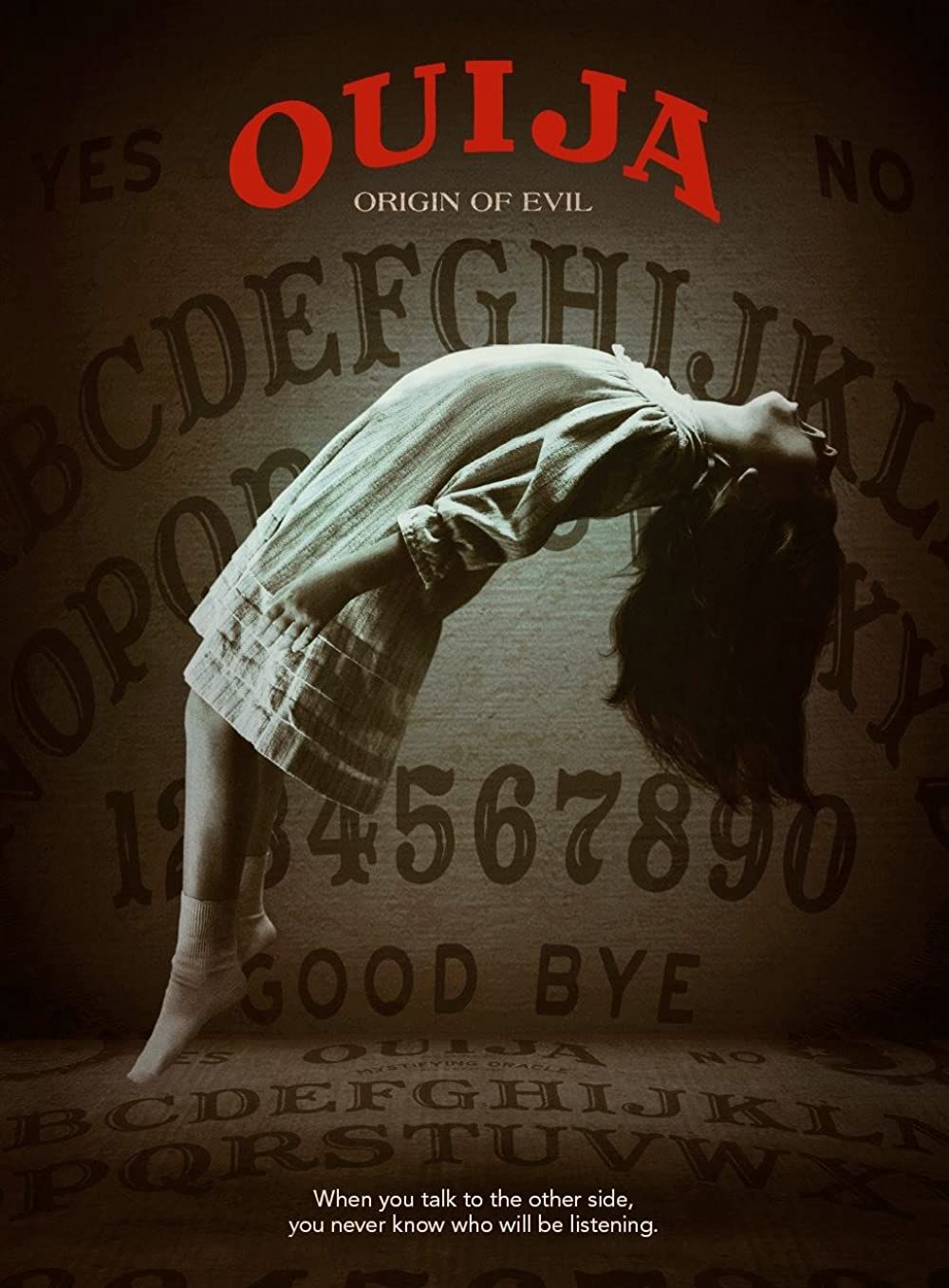
Set in Los Angeles in 1967, a young widow Alice Zander is seen working as a spiritual medium. She lives in the suburbs with her children Paulina and Doris who are all of 15 and 9 years old, respectively. While the family continues to languish in grief over the death of Roger, Alice’s husband, her friend Lina suggests her to incorporate Ouija board in her spiritual readings.
Unfortunately Alice unknowingly contacts a spirit named Marcus who ends up possessing Doris during the first trial of the Ouija board. Alice is served a notice that the bank will seize their home. Doris, meanwhile, uses the council for help believing that her father will help them.
When the spirit leads her to a pouch of money behind a basement wall, they are convinced that they can contact Roger too with the Ouija board. The board ends up answering a question only Roger would know the answer much to Alice’s joy thinking she has managed to contact her husband’s spirit.
Director Mike Flanagan has impressed viewers and reached one step closer to the mainstream with this supernatural horror film. Although it doesn’t stretch the conventions of teen appeal too far, it is assembled solidly with a pleasant conviction.
Given that the first film in the series was good enough to warrant a sequel, its prospects are certainly looking good. This movie has an understated period setting, which allows the characters to be naive about things that viewers will instantly recognize to be ominous. The familial setup allows Flanagan to tackle issues relating to grief, sibling rivalry, and alternate beliefs.
Moreover, the house’s frictions with women make for dramatics even before the spiritual manifestations escalate to thrilling proportions. Critics claimed that this film has enough material for a season of American Horror Story. The series was developed by Hasbro, the company which spun movie franchises out of Transformers and G.I. Joe licenses.
Although the entire film was shot digitally, Flanagan wanted to add a retro touch to it for effect. He said elements like cigarette burn marks appear every 20 minutes in the upper right corner of the screen, making it look like a movie shot on film.
Sinister (2012)
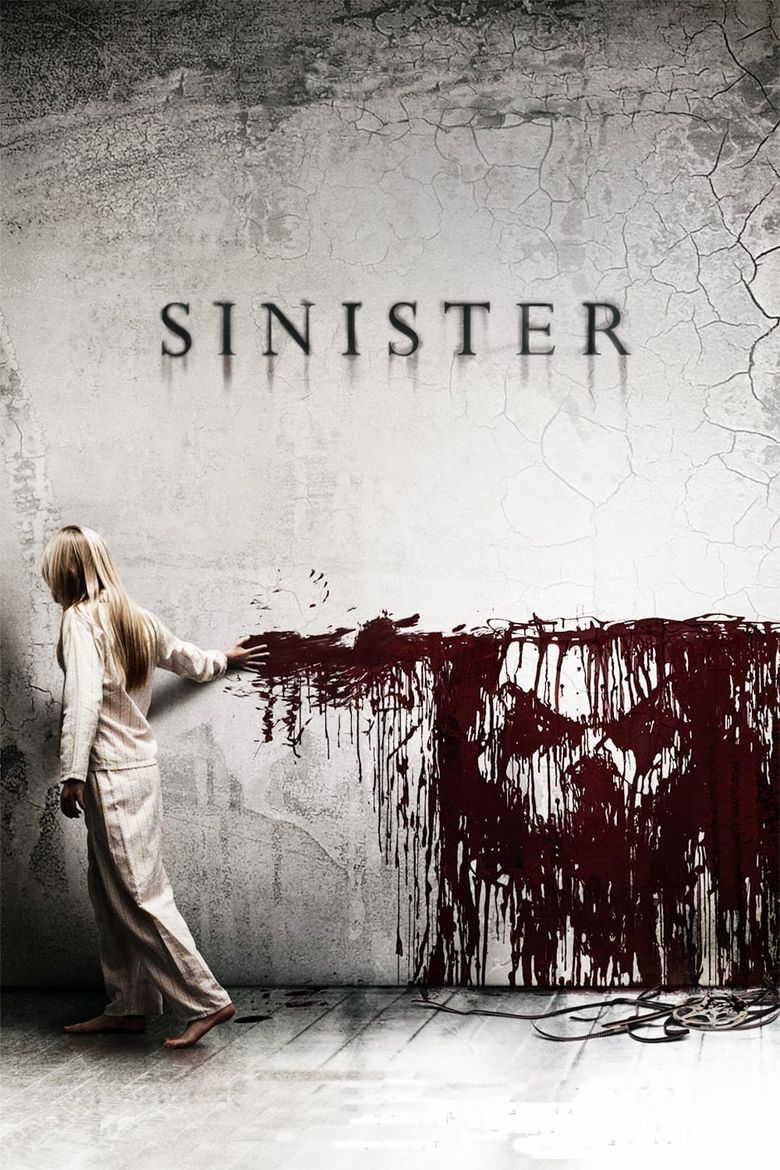
Ellison Oswalt, a crime writer, moves into a new house with his family. The house is the site of a horrific crime which kindles Ellison’s interest to do some research in hopes of finding a new plot for his book. Oswalt chances upon a video footage in the house while looking for material to help with his book. However, things are more sinister than they seem and are beyond of what he can handle.
Sinister is a story comprising darkness, mysteriously loud bangs in the attic, vulnerable children, and distant moans from the dead. This undeniably frightening film contains performances that add enough human interest to provide depth to the basic building block of horror.
It combines real crime sensibilities with paranormal and traditional cinema while also employing the found-footage subgenre. What makes this direction by Scott Derrickson more appealing than its contemporaries is a box of cursed videotapes. Although this element alludes to past movies like The Ring, the separate short stories leading into one big mystery is what viewers enjoy the most about this film.
Additionally, combining fantasy-like horror with a realistic found-footage genre only gives the audience more reasons to love this film. This movie’s most commendable aspect is that it successfully scared the wits out of viewers with very little gore, almost no profanity, and no sex. Not to mention, viewers would watch any movie starring Ethan Hawke.
Dark Skies (2013)
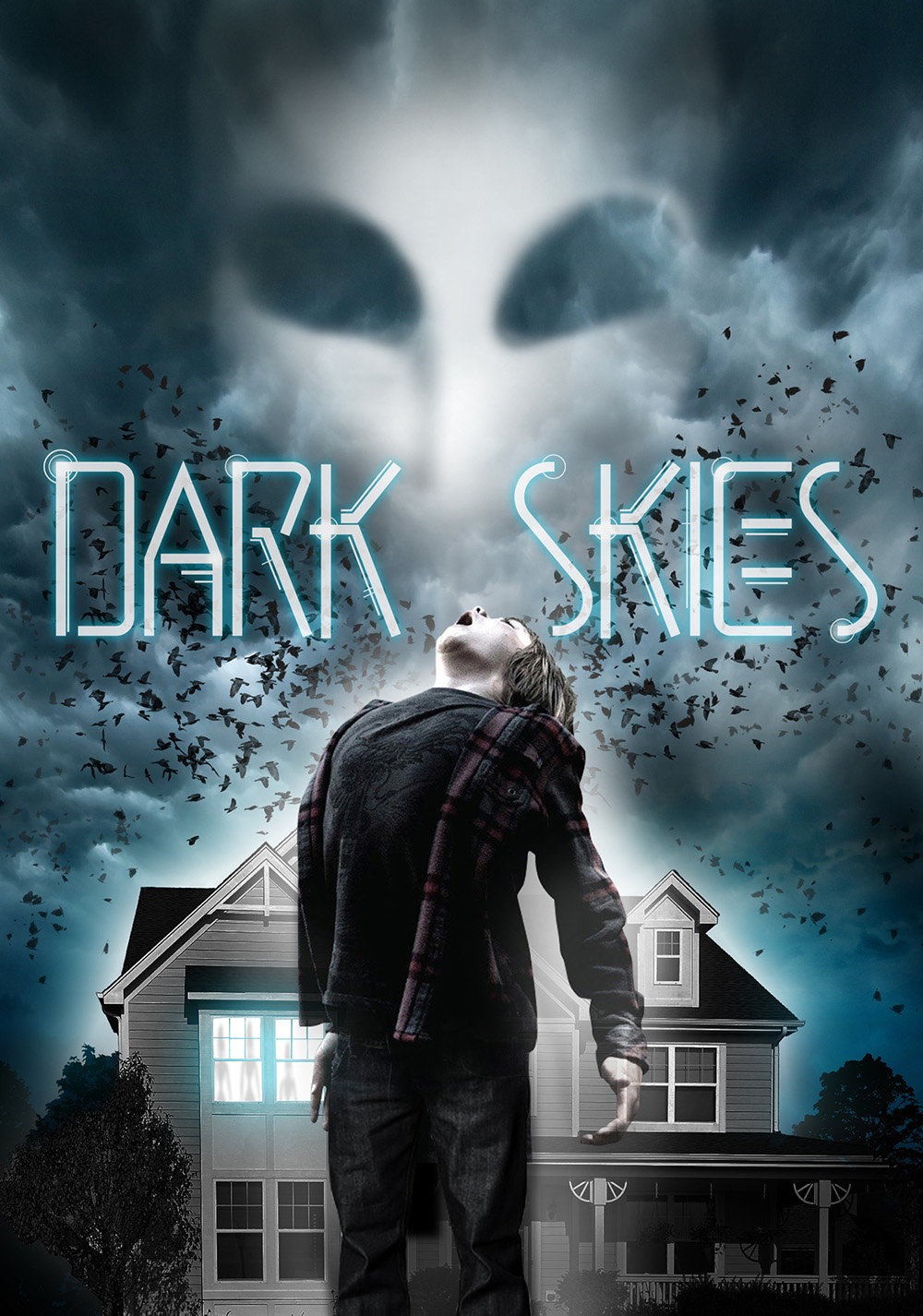
A couple Lacy and Daniel live with their sons Jesse and Sammy in the quite suburbs. As a real estate agent, the onus is on Lacy to support the family as Daniel is unemployed. Suddenly this quite family’s life is turned topsy-turvy with strange occurrences like utensils rearranging themselves overnight, the alarms going off and all points of the entry in the house being breached simultaneously.
Sammy has a fit while playing soccer, and Lacy is shocked to see several birds crashing into the house together. One night when she hears a noise coming from Sammy’s room, she goes to check on him. She is shocked by what she sees.
While horror films like The Exorcist and Paranormal Activity keep the supernatural explanation alive in pop culture, the mid-20th century brought with it a steady influx of alien encounter mythology within the horror genre. Scott Stewart borrows heavily from some unusual supernatural and sci-fi predecessors in this special effects dependent movie.
Many would say that he was attempting to recreate a Shyamalan-like game-changing finale in the end. Nevertheless, viewers recognize the change of pace and restraint that he exercised here compared to his previous works. His emphasis on suspense, character, and the story gives it an eerie effect without resorting to cheap jump scares or over-the-top CGI effects.
Being the first and only choice to play Lacy, Keri Russell carried the film brilliantly on her shoulders. Not to mention, the role of a mother in a family was what attracted her towards it in the first place.
Oculus (2013)

Timothy Allen Russell is a twenty-one-year recently discharged from a mental institution by his psychiatrist Dr. Shawn Graham. It is revealed that he is afflicted with severe childhood trauma. His sister Kaylie welcomes him and takes him home.
She tells Timothy about wanting to destroy an ancient mirror she finds in the house while clearing it for sale in an auction. Once Kaylie retrives the mirror to destroy it, Timothy begins to have fragmented recollection of memories from his childhood when his father brought that mirror home.
In an alternative timeline in the past, Kaylie sees a strange woman named Marisol in their father’s office. Slowly over time, both their parents’ behaviours undergo drastic changes that end in a tragedy for the family.
Mike Flanagan’s Oculus has been deemed one of the scariest movies to be made in a long time. Although series like Paranormal Activity and The Conjuring excel at the art of jump scares, Oculus evokes a chilling vibe down the viewers’ spine just by placing two characters in a dark room with an ominous mirror.
It relies on the occasional clichés when something materializes right behind an unsuspecting name. However, the scene’s specifics give rise to an innate sense of dread that grows heavier with each unexpected twist. As the film’s plot constantly shifts between present-day events and the siblings’ childhood experiences, Oculus becomes a compelling allegory representing the lingering trauma of familial dysfunction.
The small ensemble cast of Karen Gillian, Brenton Thwaites, and Rory Cochrane blend nicely with the sophisticated narrative. The characters’ collective fears of the unknown turn a rather basic premise into a sneakily profound reflection on more realistic concerns. The film dwells into the frightened state of the siblings to thickens the already dreary, dim atmosphere at every turn.
Truth or Dare (2017)
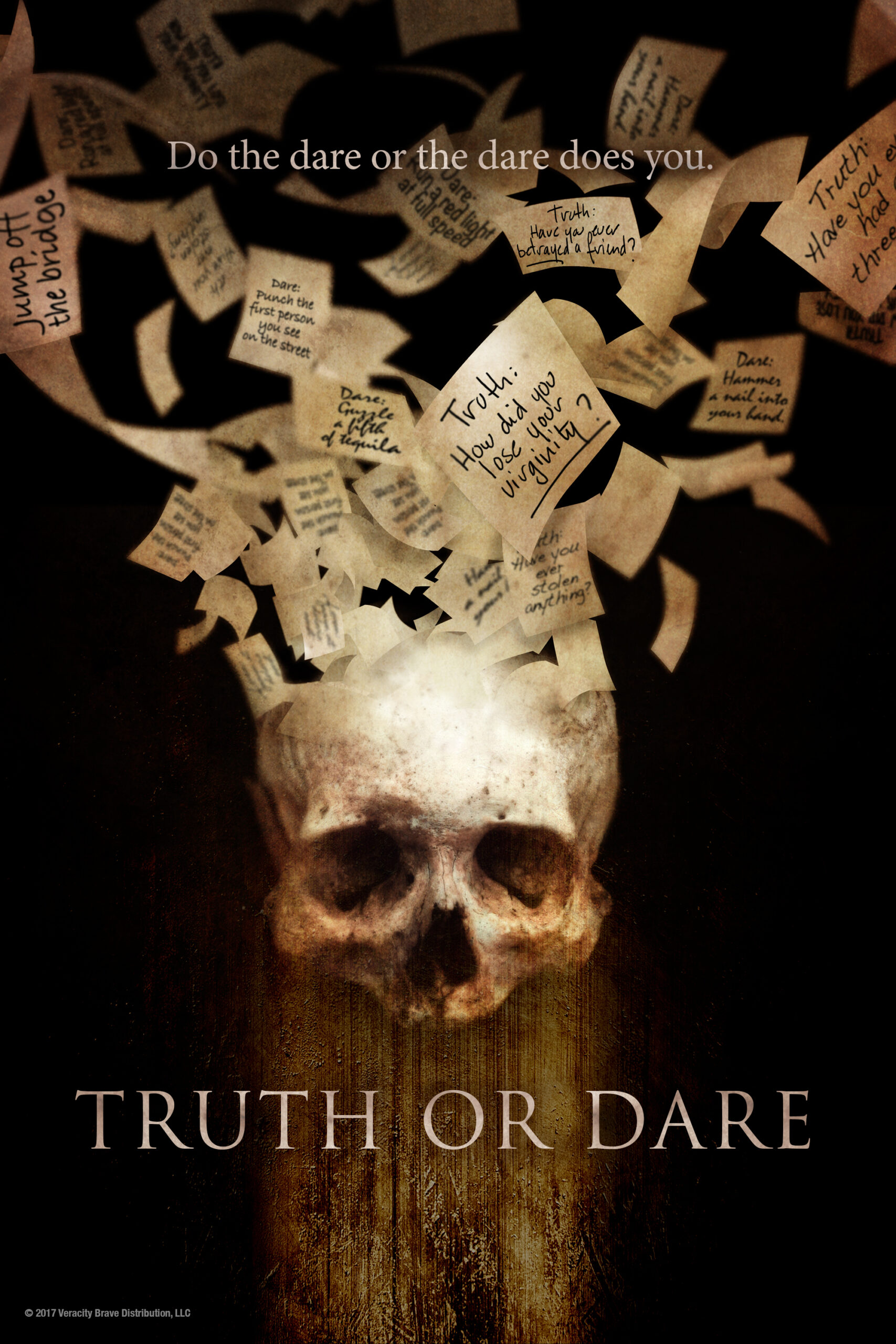
A group comprising Olivia, her boyfriend Lucas, and their friends Markie, Penelope, Tyson, and Brad, go on a trip to Rosarito, Mexico. Olivia runs into a fellow student Ronnie who starts harassing her until a stranger comes to her rescue. This stranger introduces himself as Carter and convinces the troop to join him for drinks in the ruins of a mansion.
There, Carter initiates a game of truth or dare and they are even joined by Ronnie, who followed them there. Eventually, the game ends when Carter reveals a shocking truth to the group. All they know now is that they must continue playing the game or face terrible consequences.
Jeff Wadlow and Blumhouse’s Truth or Dare is not just any campy, emotionally involving teen drama. It is a PG 13 rated horror movie where the filmmakers attempt to make the hormonal protagonists look sympathetic enough for the viewers to care if they make it out safely or not.
Wadlow works with a potentially juicy Final Destination look like in which these friends try to cheat death by outsmarting an evil curse that has befallen them. He highlights their primary impulses, which humanize their immaturity, making them die sadistic yet amusing deaths. It portrays a meaningful back story.
Unlike most archetypes that its compared to, such as Saw and Final Destination, it uses an interesting idea of using the friends to do the haunting rather than having a separate, unknown entity. It enhances its thrill factor. Blumhouse has received huge uproar since producing and distributing Jordan Peele’s Get Out.
Truth or Dare appears to bear a closer resemblance to the production house’s more formulaic horror films. Finally, in the larger scheme of things, Truth or Dare goes back to being a slasher movie whose cruelty only serves as a form of fatherly kindness.
The Lazarus Effect (2015)
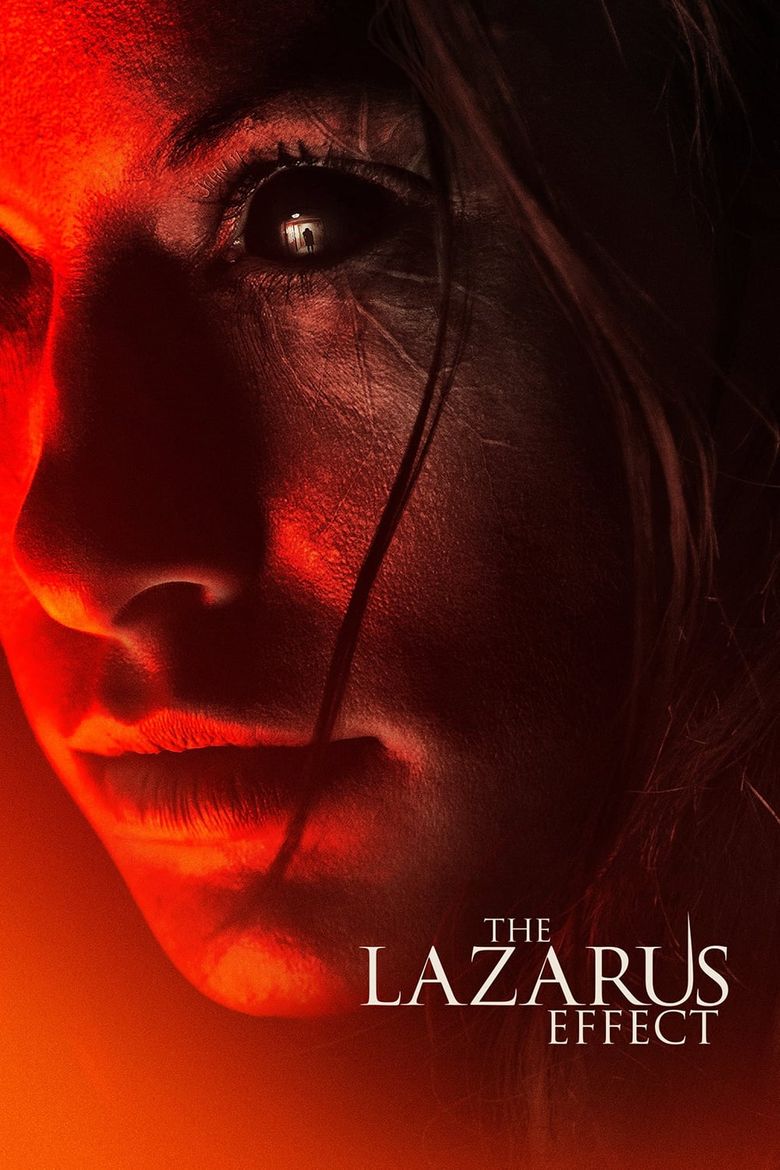
Frank and his fiancée Zoe are leading a group of researchers on an experiment to bring the dead back to life. After a successful yet unsanctioned trial, the team is ready to unveil their breakthrough to the world. However, the university dean comes to know of their experiment and shuts it down with immediate effect, confiscating their materials.
Disappointed, Frank and Zoe decide to take matters in their own hands and go rogue to recreate their successful experiment. In a strange turn of events, Zoe gets killed. Fuelled by terror and grief, Frank attempts to resurrect her as their first human test subject.
Although the procedure appears to be successful at first, the team soon realizes something is wrong with Zoe. As she reveals her strange, new persona, they are stuck in a gruesome reality.
If viewers think a team of young scientists would know better than to raise a corpse from the dead, they are in for an ugly shock. Even after Hollywood has demonstrated time and again in films like Frankenstein, Pet Symmetry, and Flatliners, the results don’t usually turn out well.
The Lazarus Effect witnesses director David Gelb transition from a documentary to a horror feature filmmaker. He does this with reasonable effectiveness. Nevertheless, viewers familiar with his past work end up chuckling at this film quite a bit. Gelb displays a seemingly sure hand in his debut narrative effort. Although he relies far too much on predictable jump scares and recurring motifs, viewers undergo a thrilling experience while watching this movie.
It is an unapologetically quirky, modern-day B-movie that breezes by in 83 minutes. It’s a compelling and decent acted piece of schlock with sufficient self-awareness to know it will probably not linger in the minds of viewers when the theatre lights are back on. Nevertheless, it is one of Blumhouse’s underrated pieces of work and deserves more love than it gets.
Ma (2019)
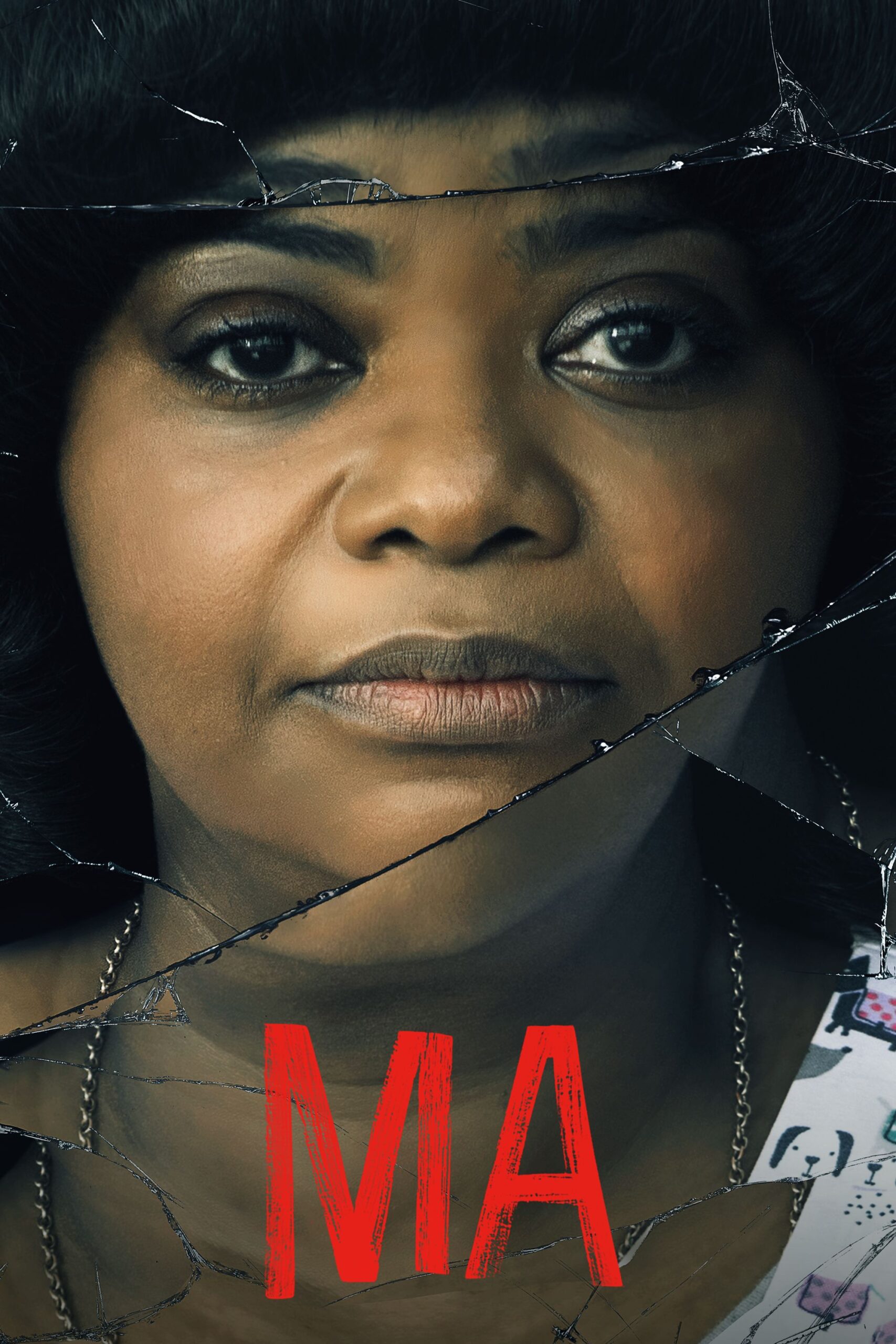
Ma is premised on a lonely woman who befriends a group of teenagers. She lets them conduct their party in her house, much to their joy. When the kids think they couldn’t get any luckier, certain things start occurring that make them question the woman’s intentions.
This collaboration between Blumhouse Production and director Tate Taylor is messy in ways, both large and small, but ultimately ends up working to the film’s benefit. It portrays a set of characters in a small town where everyone knows each other. Homophobic slurs are a part of their expression.
Ma presents itself as a time-release take on Carrie but without the supernatural elements. The main character, Sue Ann’s kindness, and permissiveness expose its creepy edge to viewers long before her teenage guests begin suspecting her. For an actor who establishes depth in roles both large and small, Octavia Spencer takes a chance to get beneath her character’s skin, playing a simultaneously insane, justifiably angry, and unnervingly empathetic role.
Ma is the second movie directed by Tate Taylor that Octavia Spencer has starred in after The Help. It not only offered her the chance to star in a psychological horror film, but she would also be able to kill people. It is a rare chance that people of colour receive in the horror genre. Even though Ma’s race isn’t explicitly mentioned, it blends itself within the film’s themes.
The Gift (2015)
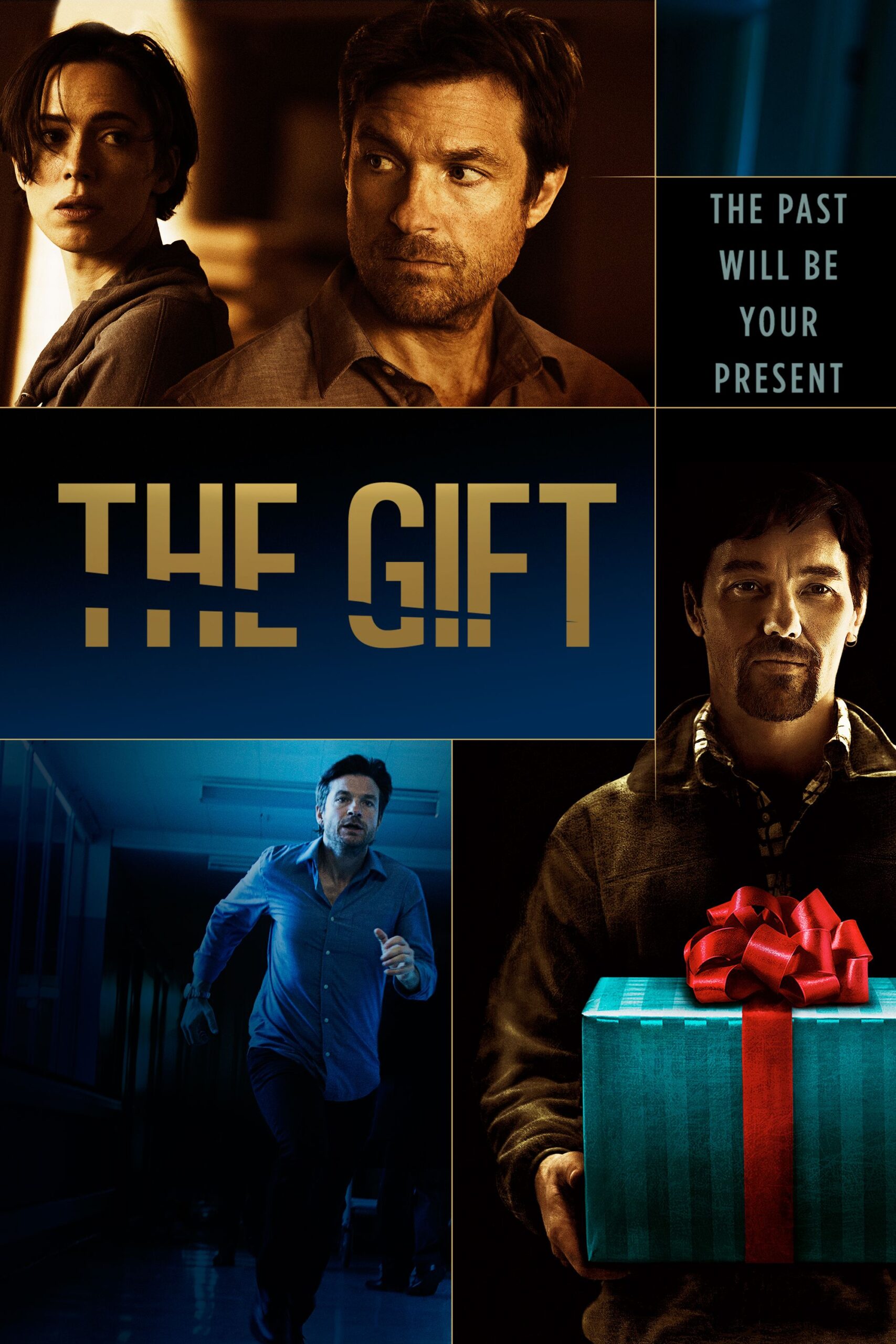
A young married couple Simon and Robyn have the perfect life until they chance upon an old acquaintance of Simon, Gordon. Simon does not recognize Gordon initially while the latter insists they attended high school together.
However, after a series of uninvited encounters and mysterious gifts, a horrifying secret from their past is uncovered. As Robyn learns the unsettling truth between Simon and Gordon, she begins questioning how well she knows her husband and whether he has truly put the past behind him.
The Gift, written by Joel Edgerton in collaboration with Blumhouse Production, uses an incredibly useful script that incorporates just the right dialogues that would be sufficient to drive a wedge between a happily married couple.
The fact that a series of nicely wrapped gifts appearing on someone’s doorstep can seem ominous is a testament to the film’s visual style. The house is lingered over by cinematographer Eduard Grau. The camera moves slowly down empty hallways, repeating the shots leaving the rooms unseen in the far end. These stylistic choices set up an expectation within the audience regarding what kind of thriller they are watching.
Jason Bateman, who is primarily known for his comedic roles, shifts the focus beautifully as the ambitious Simon who is worried about his wife. He succeeds in appearing both kinds and condescending at the same time. Although The Gift uses tricks of a thriller well, the central angle that makes it such an intriguing film is how it withholds the necessary information until the very end.
